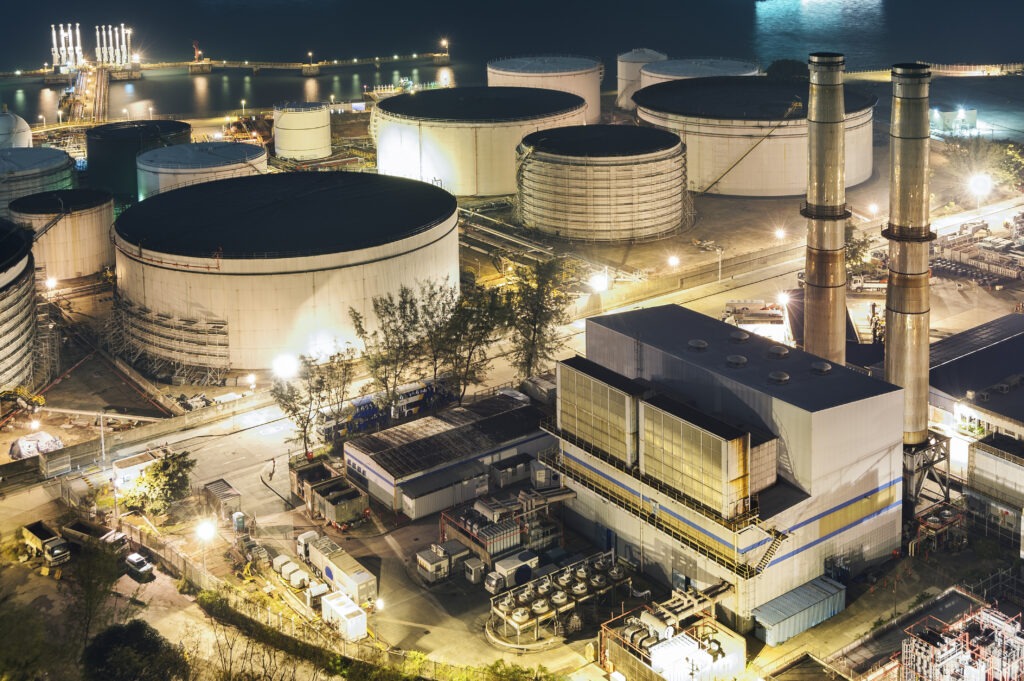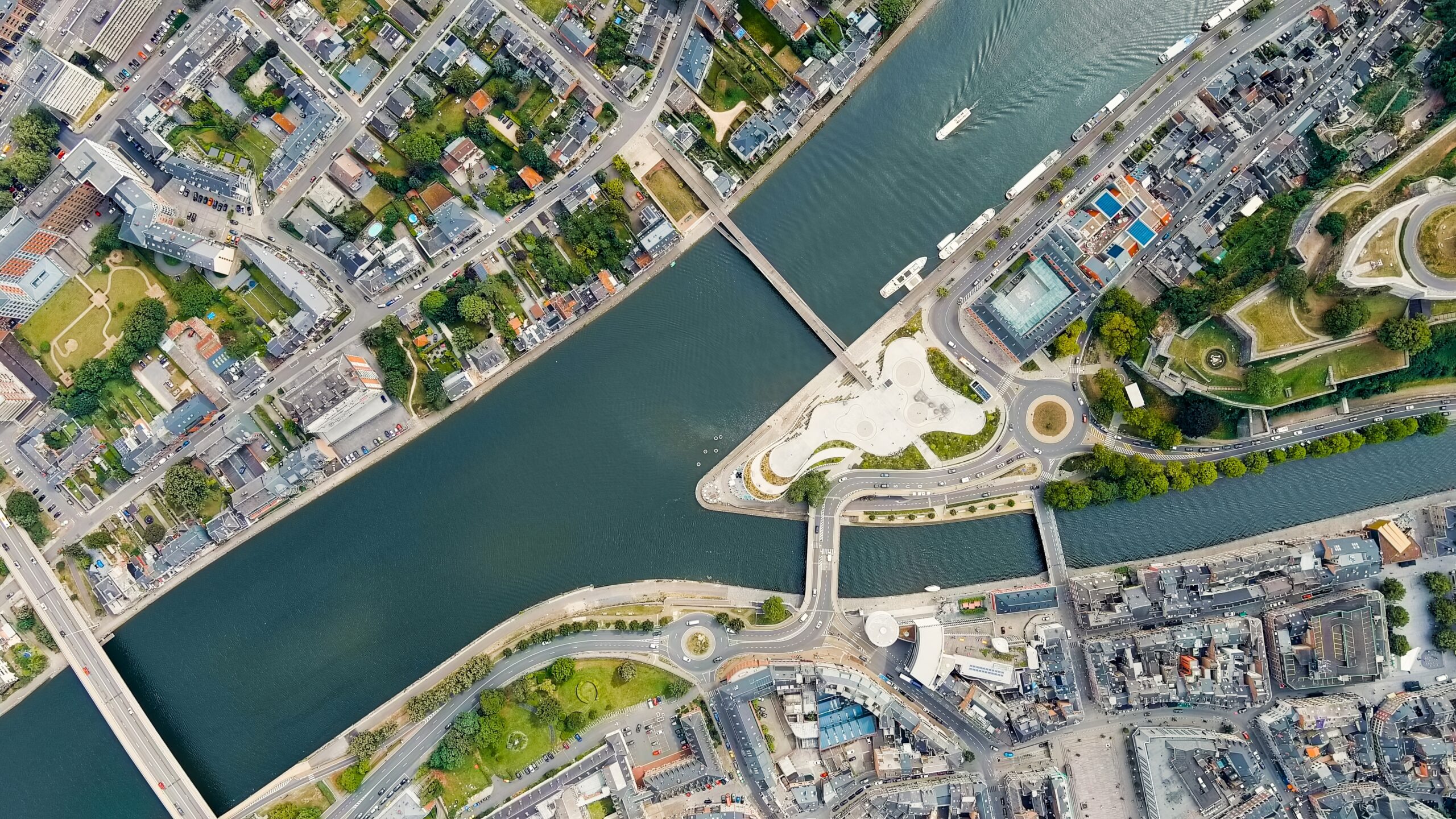SIMEA : Service of Intelligent Monitoring for Environmental Analysis
Controlling atmospheric emissions requires precise diagnostics. SIMEA by Uavia is a missing link in this process. SIMEA, through gas sensors onboard Uavia Inside autonomous drones, allows establishing this diagnosis by leveraging real-time data processing.
SIMEA serving atmospheric emission diagnosis.
Multi-gas, multi-sensor, multi-carrier, in plug & play mode, the SIMEA solution provides all stakeholders concerned with atmospheric emissions (industrials, infrastructure managers, port operators, regulatory agencies, NGOs, public safety teams) with simple and fast access to precise diagnostics.
Such a diagnosis is essential for deploying optimal and targeted coordinated actions of intervention, correction, or investment aimed at reducing environmental impacts.
The data provided by SIMEA is authoritative. Indeed, we believe that for corrective actions to be effective, the involved stakeholders need to have control over the data themselves, enabling them to conduct analyses with such precision that they can accurately assess their emissions and effectively implement corrective actions.
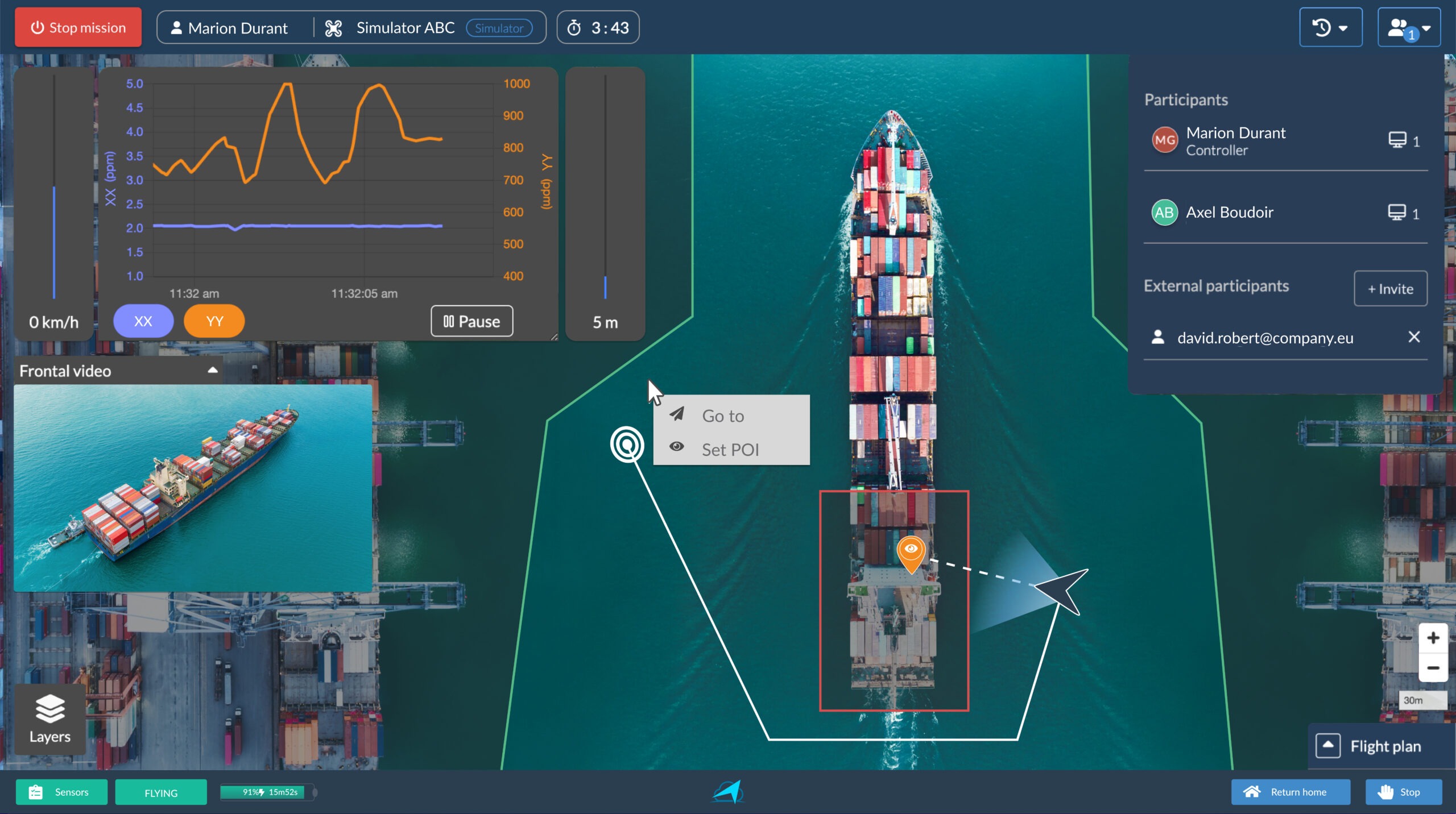
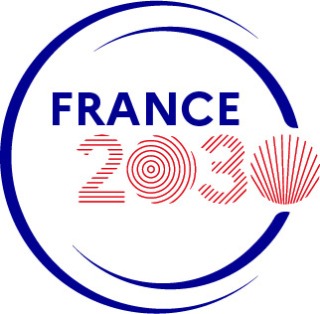
UAVIA secures a “FRANCE 2030” grant for the SIMEA project, paving the way for Global Environmental Innovations at COP28.
Key Features

SIMEA, leveraging a diverse sensor catalog, allows for the detection of gases (GHGs such as CO2 and CH4, atmospheric pollutants such as NOx, SOx, ozone, mercaptans, fine particles, etc.), quantifying them, and identifying their sources.

By using real-time gas concentrations to optimize the drone’s trajectory, SIMEA fully circumscribes the gas plume and ensures the accuracy of the diagnosis.

The raw data is transmitted through a dedicated collaborative platform. It ensures maximum security and sovereignty of the collected data.
The EU is finally tackling the second most harmful greenhouse gas with ambitious measures. Reduced methane emissions mean more climate protection and greater energy sovereignty. Extending to imports, which was my main priority during my tenure in parliament, will have repercussions worldwide. I am very pleased that we are going to the climate conference in Dubai with full hands: The EU is keeping its promises on the “Global Methane Pledge”.
Jutta Paulus (Group of the Greens/European Free Alliance, DE)
Types of missions by autonomous drones
SIMEA, leveraging a diverse catalog of drones, allows integration with various types of sensors and adaptation of the solution to multiple use cases:
Inspection of an extensive area
Comprehensive coverage of a territory is essential for mapping and controlling emissions.
For example, ATMO Auvergne-Rhône-Alpes transmits every year the detailed breakdown of air pollution sources, particularly those in the Arve Valley. This allows for proactive management of environmental impact and facilitates the implementation of appropriate policies to ensure a healthy environment.
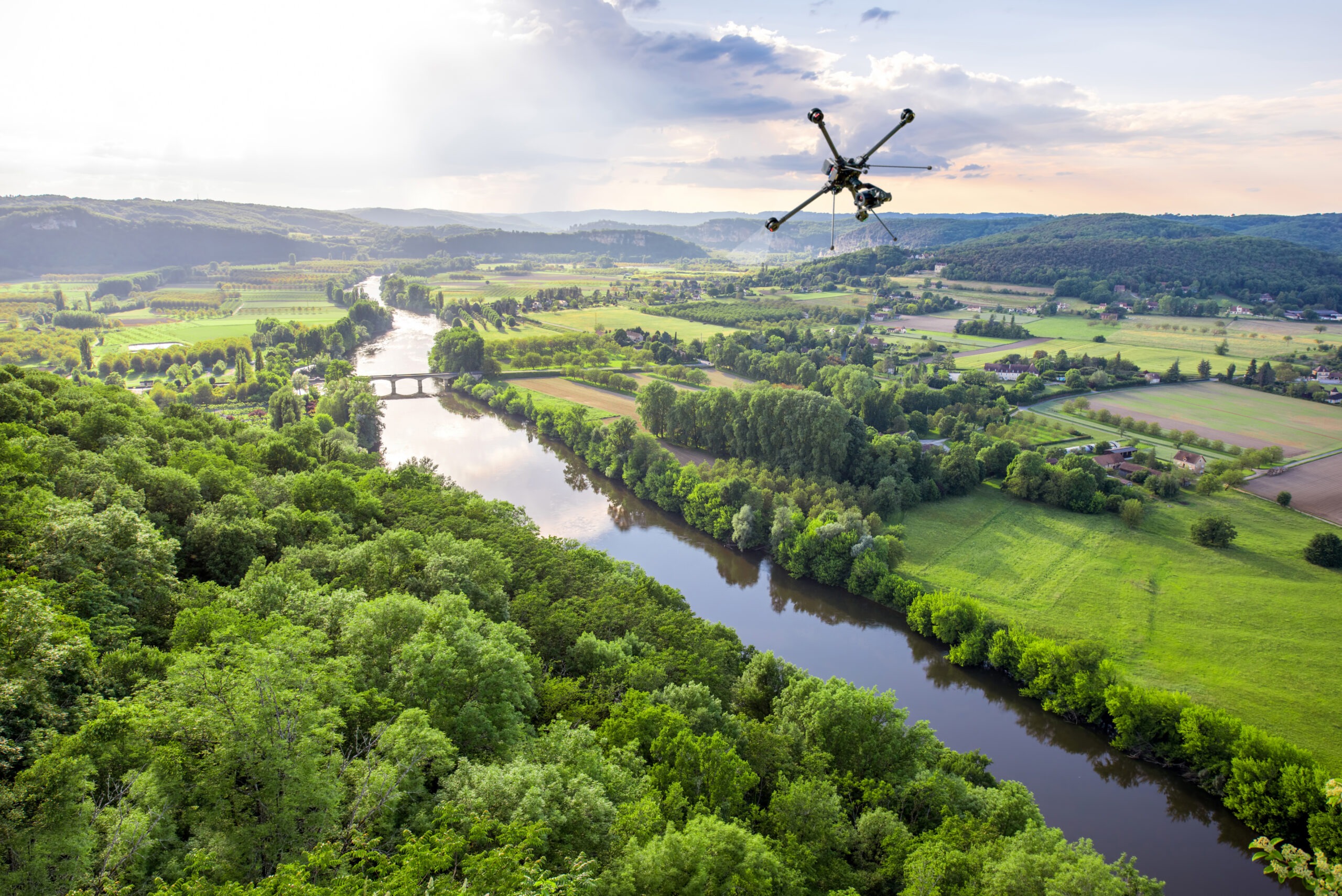
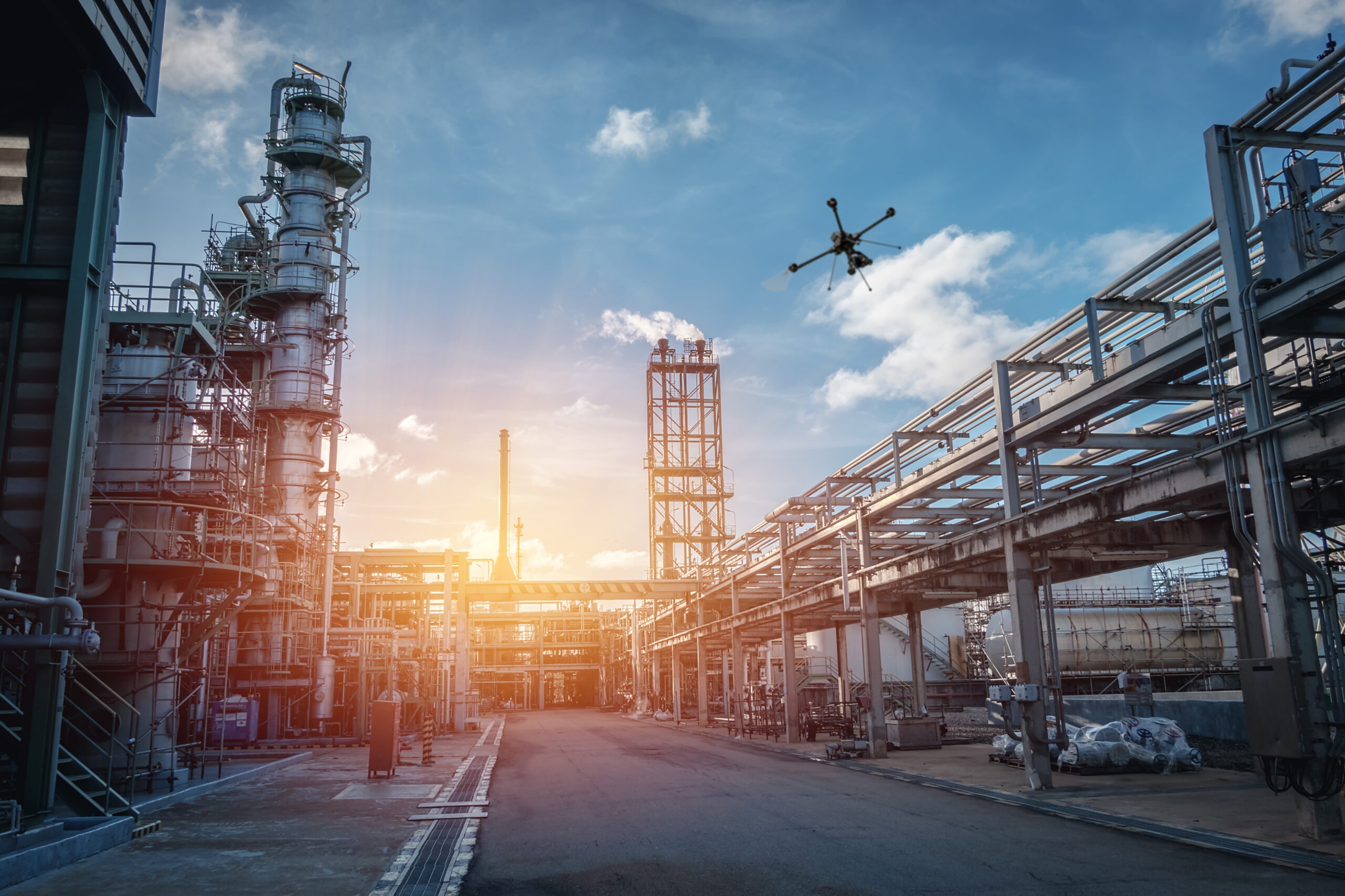
Detection of an emission source
Systematic patrols are regularly conducted to monitor an industrial site, focusing on one or several gases to detect leaks (for example, methane leaks at a waste disposal site) or abnormal or non-compliant emission levels.
Quantification of a gas plume
From an identified emission source, SIMEA allows for precise quantification of the flow rate within a section of the plume. By utilizing real-time high-frequency processing of gas concentrations, SIMEA optimizes the drone’s trajectory to fully circumscribe the plume, ensuring the precision and efficiency of the diagnosis.
An example application is the quantification of methane from an oil platform flare stack, now mandatory under the new European regulation of 11/15/2023 aimed at reducing methane emissions from the Oil & Gas industry.
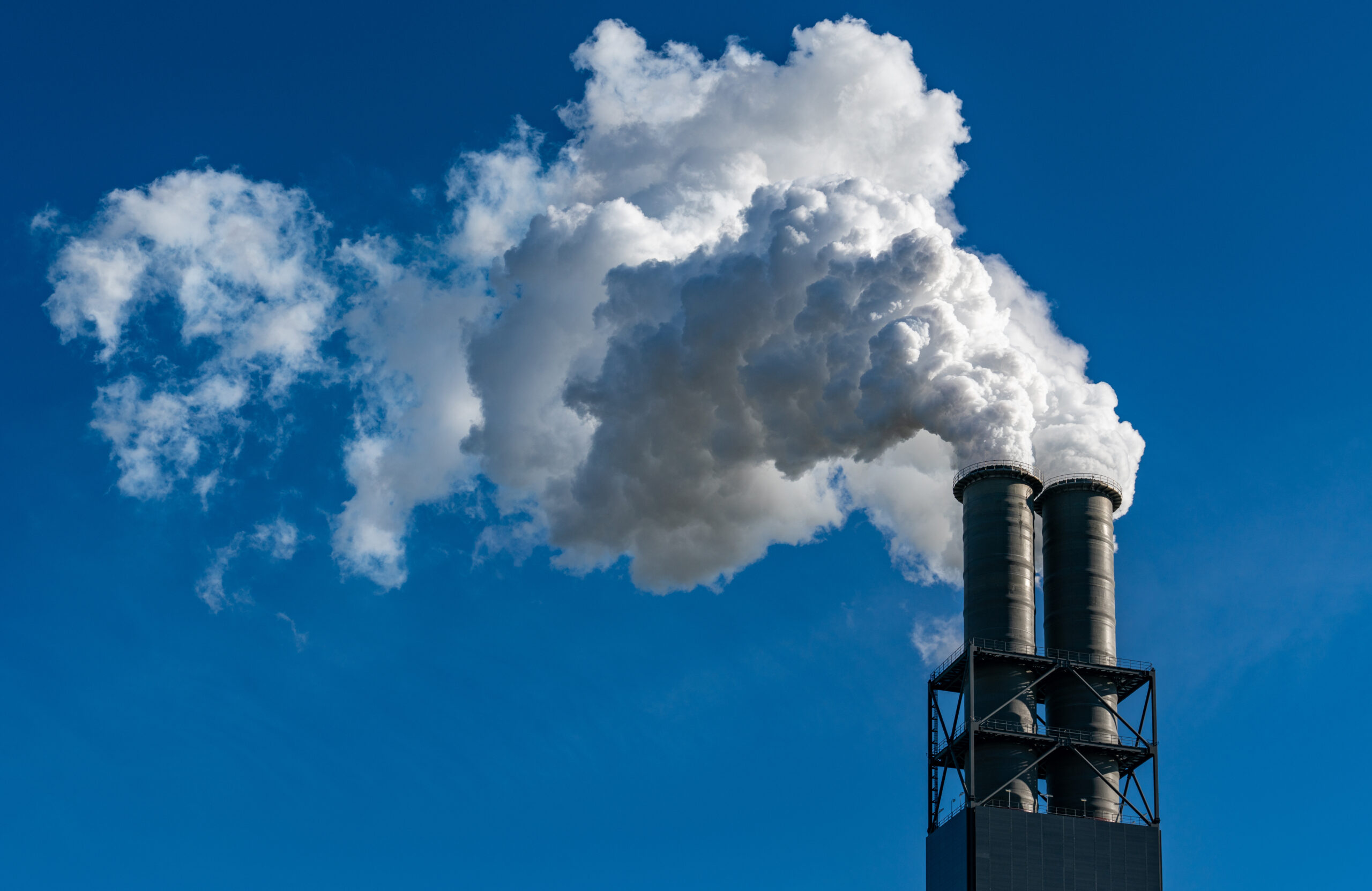
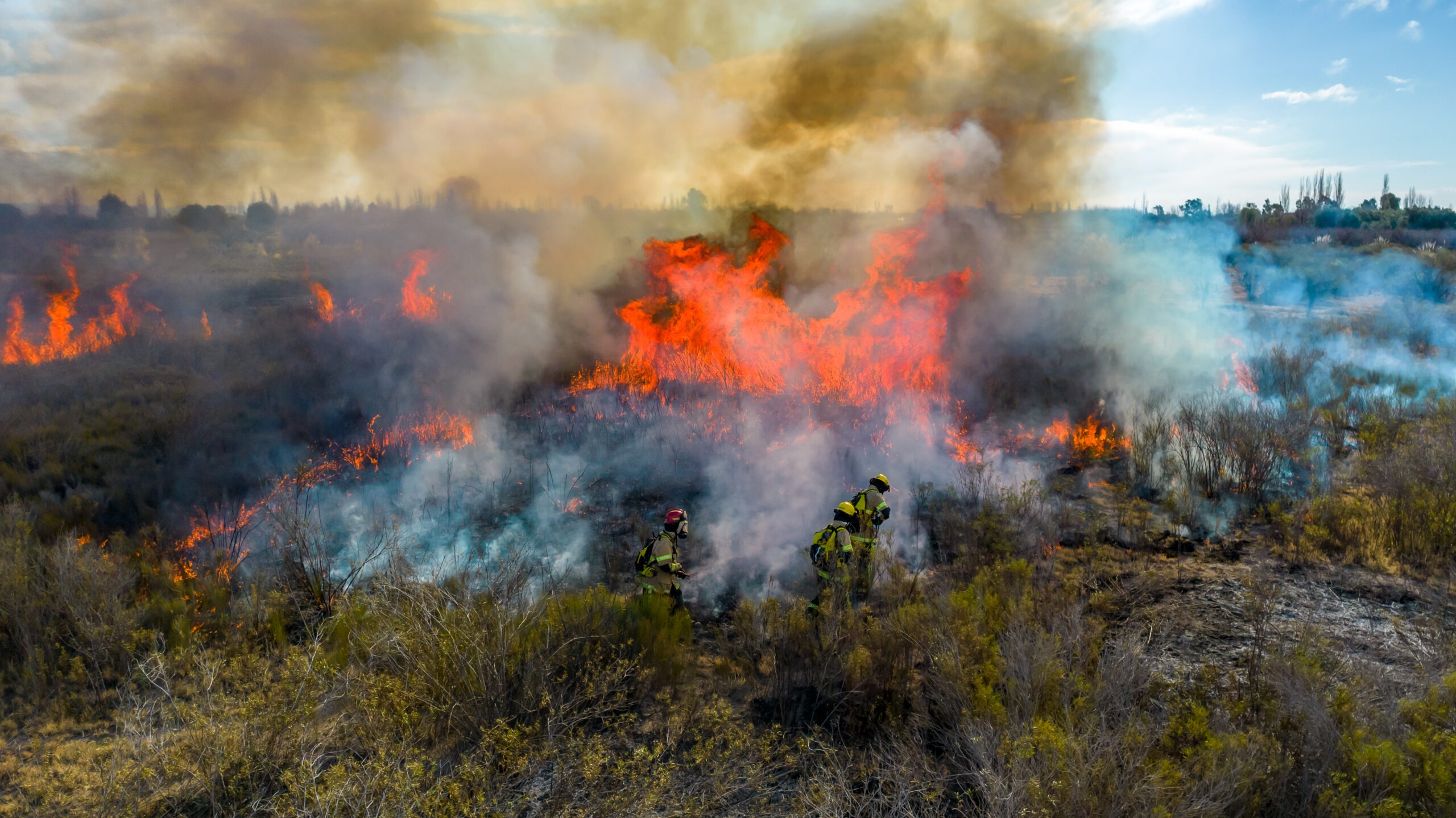
Support for crisis management operations
In the event of an accident resulting in the release of toxic or hazardous substances, such as the Lubrizol incident in Rouen in 2019, SIMEA provides valuable assistance to public safety services by allowing them to validate their plume dispersion models in near real-time and thus orchestrate the best possible measures to protect the population.
Use cases
